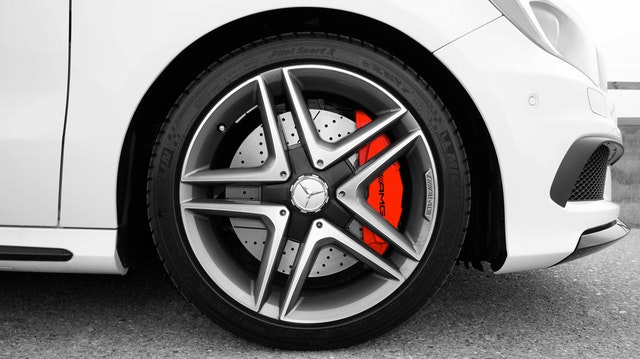Driving On The “Wrong” Side Of The Road: A Simple Guide

The vast majority of the world drives on the right side of the road; this is the standard for anywhere except for the UK and (primarily) former British colonies. However, there may be times in your life when you find yourself wanting to drive in countries where they drive on the left; a vacation to a left-hand drive country, or even a full-blown relocation as you move across borders in pursuit of a new life. Whatever your reason, the adjustment can be incredibly difficult.

Below is a simple, effective guide to adapting to driving on the “wrong” side of the road.
#1 – Contact A Driving Centre
Many driving schools have access to an off-road facility, which is designed to look like an exact replica of standard roads. Find the school closest to you with such a facility, then ask if you can practice driving on the other side of the road. There will usually be a fee to use the facility, but it’s worth it. You can make mistakes and get confused, but without having to worry about safety or road etiquette. As a result, the experience you gain here, in a safe environment, will be invaluable.
#2 – Take Things Slowly
When you have arrive in the left-driving country you are visiting or moving to, head straight for empty roads. Look for an industrial estate or a supermarket car park; somewhere where the flow of traffic is lighter. Don’t attempt rush-hour or night driving until you’re fully comfortable with the idea. Spend a little time getting your bearings, and only head out onto the main roads when you feel confident you know what to expect.
When you move onto normal roads, give yourself plenty of time to react; avoid tailgating or rushing from lights. If you’re not sure what to do in any given situation, there’s no harm in putting your hazard lights on and pulling to a stop, giving you time to breathe and calm down.
It’s also important to give yourself thinking time. Don’t listen to music or hold conversations; at least, not for the first hour or so. Keep your attention entirely on the road, focusing on any hazards, junctions, or roundabouts in the distance, preparing yourself for how you are going to negotiate them.
#3 – Switch To A Native Car As Soon As Possible
While you may like the idea of road tripping in your own vehicle, this can be especially complex. After all, your car has been designed to be driven on the right. Everything has been created for driving on the right side of the road, so when you drive on the left, the road is essentially back-to-front for you.
Switching to a native vehicle is particularly important in the UK. UK roads are small, cramped, and difficult to navigate at the best of times, so don’t make life more complicated than it has to be. If you’re moving to the UK on a long-term basis, then investing in a right-hand drive car complete with DVLA number plates is by far the best decision, as you will want the extra safety of being able to see the road clearly from the “correct” side. Alternatively, if you’re only staying for a short holiday, then you have the option of renting a car from a local dealer– and it’s an option you are going to want to take for the sake of your safety and comfort.
To Conclude…
If you keep the above in mind before you set off, then you should be able to make the transition to driving on the right — or as you may see it, “wrong” — side of the road with relative ease. Good luck.





